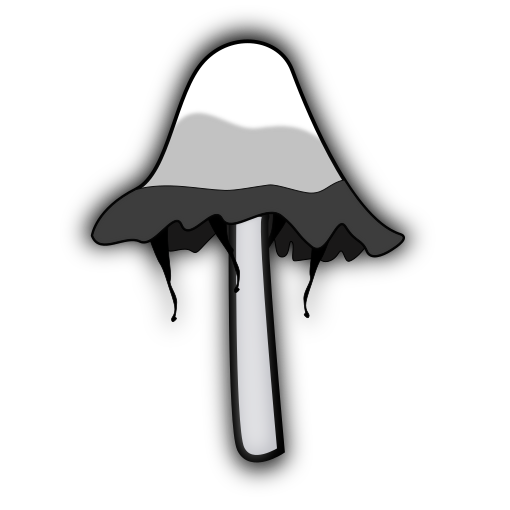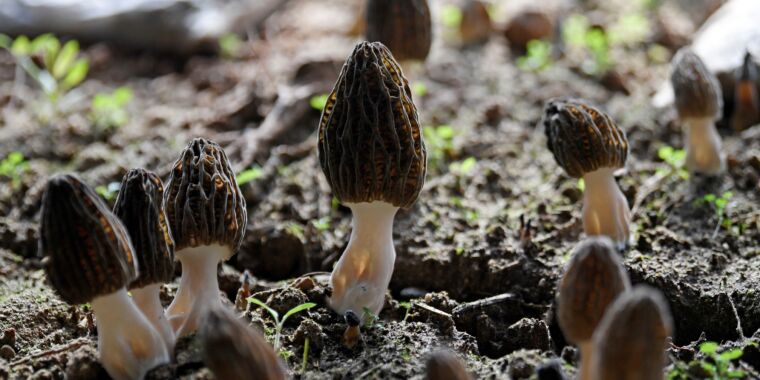On Thursday, Montana health officials published an outbreak analysis of poisonings linked to the honeycombed fungi in March and April of last year. The outbreak sickened 51 people who ate at the same restaurant, sending four to the emergency department. Three were hospitalized and two died. Though the health officials didn’t name the restaurant in their report, state and local health departments at the time identified it as Dave’s Sushi in Bozeman. The report is published in the Centers for Disease Control and Prevention’s Morbidity and Mortality Weekly Report.



You’re 100% right. For the record these mushrooms were cultivated; not wild, but also from China which introduces its own concerns.
How? You can’t cultivate morels.
I thought the same until I recently learned otherwise:
Cultivating Coveted Morels Year-Round and Indoors
Jacob and Karsten Kirk, twins from Copenhagen, say they have devised a method to reliably grow morel mushrooms in a climate-controlled environment.
Good point. However the issue is a less developed food culture around these mushrooms than their mode of production/harvest. So I think the same logic applies here.